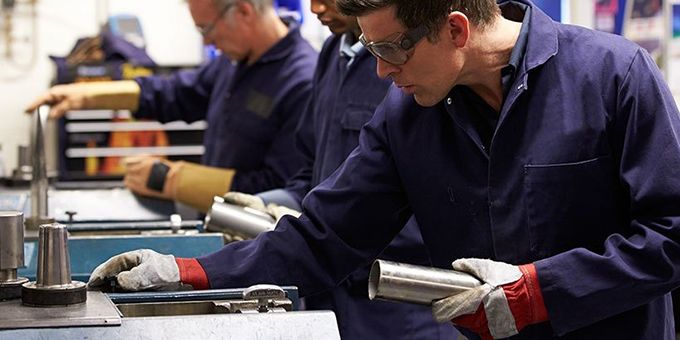In practice, the gap between when the problem occurs and when root cause analysis is complete means that by the time your trainers and quality engineers are ready to talk to the operators, the operators themselves have long since moved on.
 Use Case: How an Auto Tier-one Halved Its Defect Rate Using Video as a Spot-training Tool
Use Case: How an Auto Tier-one Halved Its Defect Rate Using Video as a Spot-training Tool

Case Study from | Drishti
THE BUSINESSS PROBLEM
In theory, every defect or production abnormality is an opportunity to learn and improve performance.
In practice, the gap between when the problem occurs and when root cause analysis is complete means that by the time your trainers and quality engineers are ready to talk to the operators, the operators themselves have long since moved on. As a result, it becomes difficult to move the needle on the defect rate.
Here’s how one auto tier one used Drishti to slash the time between problem and resolution — and halved their defect rate in the process.
WHAT’S THE CURRENT METHODOLOGY?
Without Drishti, when a defect occurs, the root cause is usually often uncertain. Quality engineers are engaged to investigate, often following prescribed time-consuming methodologies. A report may take days or weeks to develop.
Countermeasures will often include training, either for the entire team or for individual operators. But by the time the training happens, the incident in question may have disappeared from the individual operator’s memory, and therefore the training will be much less effective, and the defect rate will persist.
HOW DRISHTI HELPS
This manufacturer deployed Drishti Trace and Drishti Flow at each station on the line. Drishti Trace provides complete video traceability for station activities, while Drishti Flow measures the cycle time of each unit at each station.
These two Drishti products are used together in a training workflow to slash the time between when a defect is committed and when the operator receives training. Here’s how it works.
STEP ONE: Perform quick root cause analysis
When a defect or abnormality is discovered, this customer uses Drishti Trace to review video of the assembly activities. Its YouTube-like interface lets them quickly filter video based on line, station, time, product, etc., to pull video of what went wrong. Thanks to Drishti Flow, each cycle has already been isolated and measured.
STEP TWO: Assembling training videos
The supervisor or engineer tags or annotates the video clips to organize them in a logical way to support their training needs. (If the root cause goes beyond operator training — a materials flow or product design issue, for example — the video will be shared with colleagues so they rapidly address the problem.)
STEP THREE: Training the operators
This customer prefers 1-on-1 training, with supervisors and operators reviewing the video and discussing together. But there are many different training models that Drishti supports:
- Ad-hoc video review on the line, as soon as an abnormality is discovered
- Post-shift review sessions of the day’s highlights/mistakes
- Pre-shift review sessions of the previous day’s challenges
- Shift handover briefings, when shift two reviews the issues that were challenging on shift one
- Periodic classroom training sessions
To support these learning scenarios, Drishti offers a number of different ways to use the videos:
- Playback of individual cycles
- Curated video playlists, categorized by defect type, line, station, shift, or any other tag you create
- Side-by-side video playback, where you can compare an operator’s performance with the accepted standard to highlight variance
- Email-based sharing for asynchronous review of video
This particular customer performs these steps within minutes or hours of a line abnormality, depending on the nature of the issue.
KPIs AND SUCCESS METRICS
This manufacturer has around ten lines producing similar goods. Drishti was initially installed on just one of them, providing an opportunity to benchmark the efficacy of using video to quickly respond to defects with video while the incident is still fresh on the operator’s mind.
In the six months prior to installing Drishti, this customer had 26 in-process defects. In the six months following Drishti’s installation, the number of defects was just 13 for this line—while the lines without Drishti showed no such improvement.

About Dave Prager
Dave Prager runs marketing and business development at Drishti. He joined Drishti as its third employee back in 2016, and speaks regularly to industry groups about the hidden opportunities and risks on manual assembly lines.
The content & opinions in this article are the author’s and do not necessarily represent the views of ManufacturingTomorrow
Comments (0)
This post does not have any comments. Be the first to leave a comment below.
Featured Product

